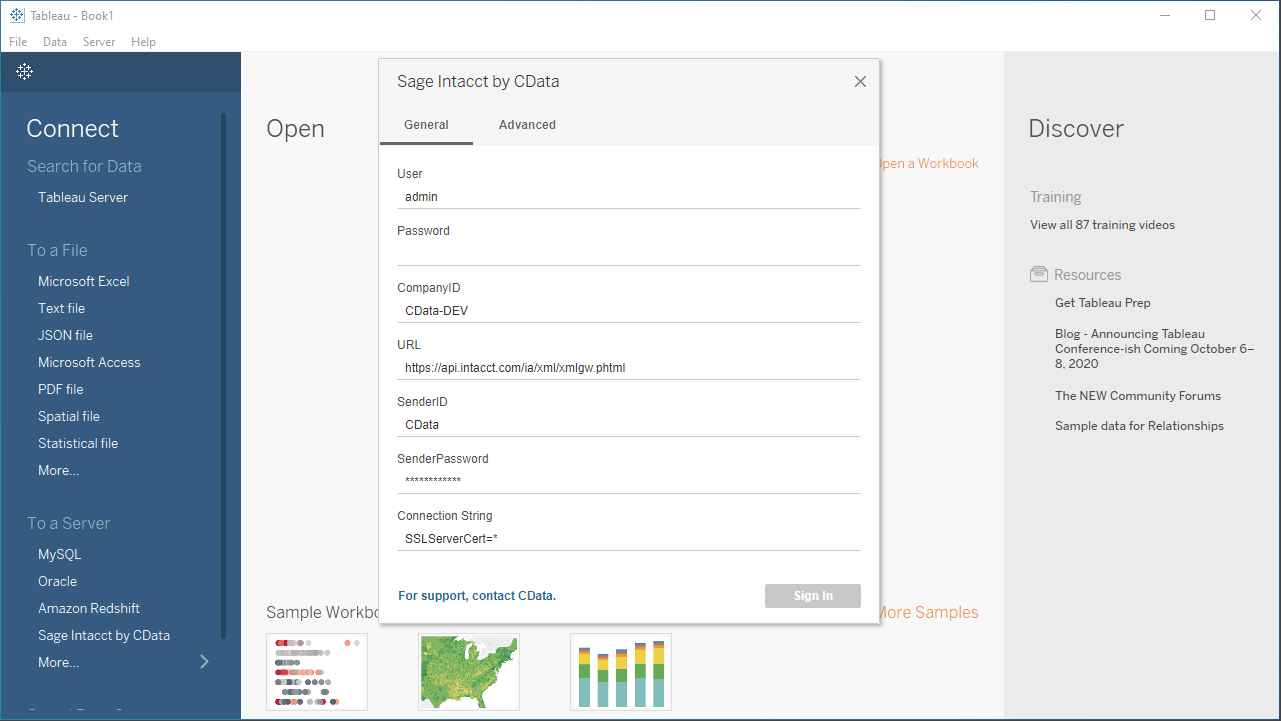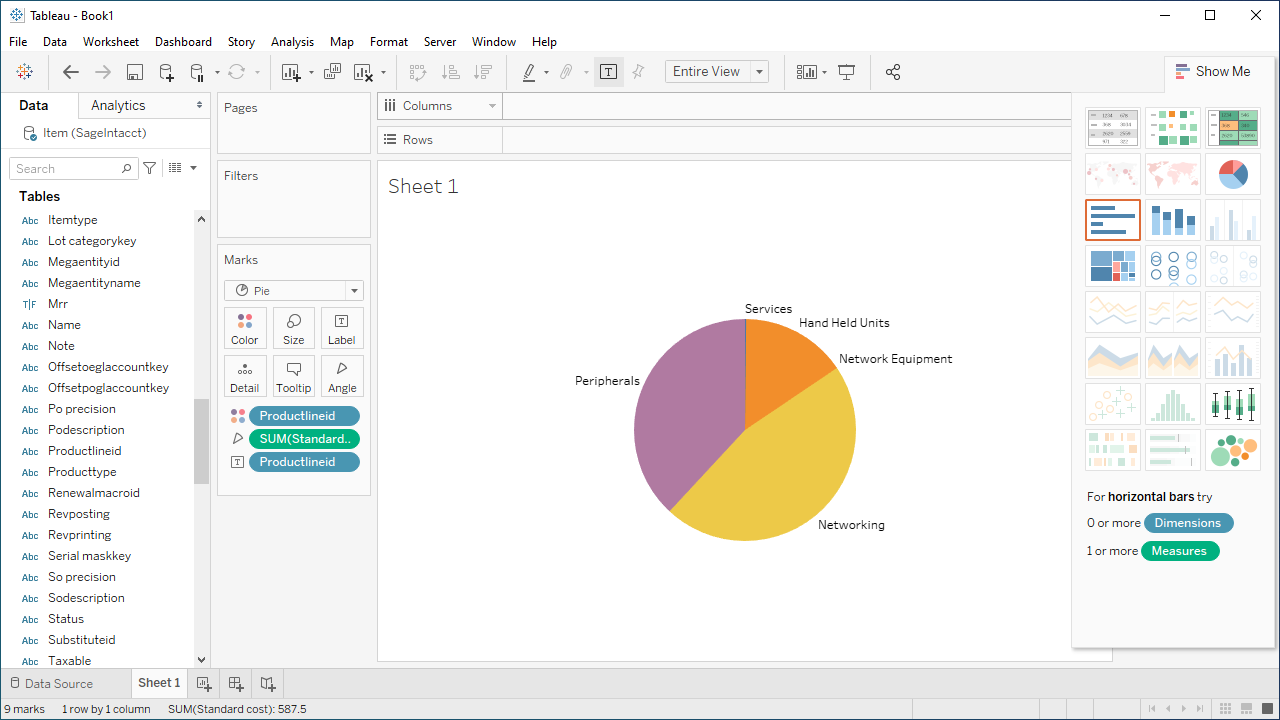Discover how a bimodal integration strategy can address the major data management challenges facing your organization today.
Get the Report →Visualize Live FTP Data in Tableau
Use CData Tableau Connectors and Tableau Desktop to visualize live FTP data.
Tableau is a visual analytics platform transforming the way businesses use data to solve problems. When paired with the CData Tableau Connector for FTP, you can easily get access to live FTP data within Tableau. This article shows how to connect to FTP in Tableau and build a simple chart.
The CData Tableau Connectors enable high-speed access to live FTP data in Tableau. Once you install the connector, you simply authenticate with FTP and you can immediately start building responsive, dynamic visualizations and dashboards. By surfacing FTP data using native Tableau data types and handling complex filters, aggregations, & other operations automatically, CData Tableau Connectors grant seamless access to FTP data.
NOTE: The CData Tableau Connectors require Tableau 2020.3 or higher. If you are using an older version of Tableau, you will need to use the CData Tableau Connector for FTP. If you wish to connect to FTP data in Tableau Cloud, you will need to use CData Connect.
Connect to FTP in Tableau
Open Tableau and click More under Connect -> To a Server. Select "FTP by CData," then configure the connection and click "Sign In."
To connect to FTP or SFTP servers, specify at least RemoteHost and FileProtocol. Specify the port with RemotePort.
Set User and Password to perform Basic authentication. Set SSHAuthMode to use SSH authentication. See the Getting Started section of the data provider help documentation for more information on authenticating via SSH.
Set SSLMode and SSLServerCert to secure connections with SSL.
The data provider lists the tables based on the available folders in your FTP server. Set the following connection properties to control the relational view of the file system:
- RemotePath: Set this to the current working directory.
- TableDepth: Set this to control the depth of folders to list as views.
- FileRetrievalDepth: Set this to retrieve and list files recursively from the root table.
Stored Procedures are available to download files, upload files, and send protocol commands. See the Data Model chapter of the FTP data provider documentation for more information.

Discover Schemas and Query Data
- Select CData from the Database pull-down menu.
- Select FTP from the Schema pull-down menu.
- Drag the tables and views you wish to visualize onto the join area. You can include multiple tables.
![Selecting table(s)]()
- Select Update Now or Automatically Update. Update Now lets you preview the first 10,000 rows of the data source (or enter the number of rows you want to see in the Rows text box). Automatically Update automatically reflects the changes in the preview area.
- Click the tab for your worksheet. Columns are listed as Dimensions and Measures, depending on the data type. The CData Tableau Connector discovers data types automatically, allowing you to leverage the powerful data processing and visualization features of Tableau.
- Drag a field from the Dimensions or Measures area to Rows or Columns. Tableau creates column or row headers.
- Select one of the chart types from the Show Me tab. Tableau displays the chart type that you selected.

Using the CData Tableau Connector for FTP with Tableau, you can easily create robust visualizations and reports on FTP data. Download a free, 30-day trial and get started today.







